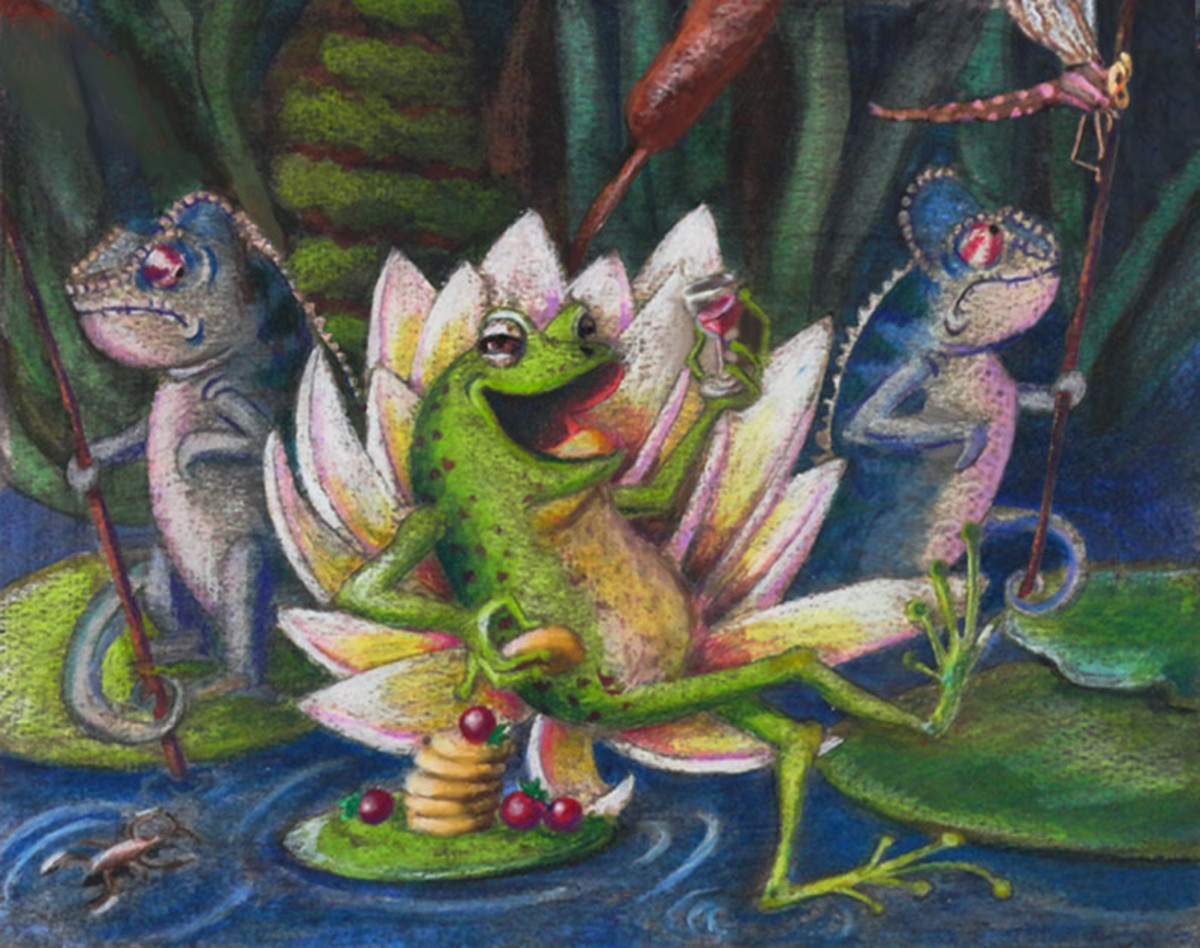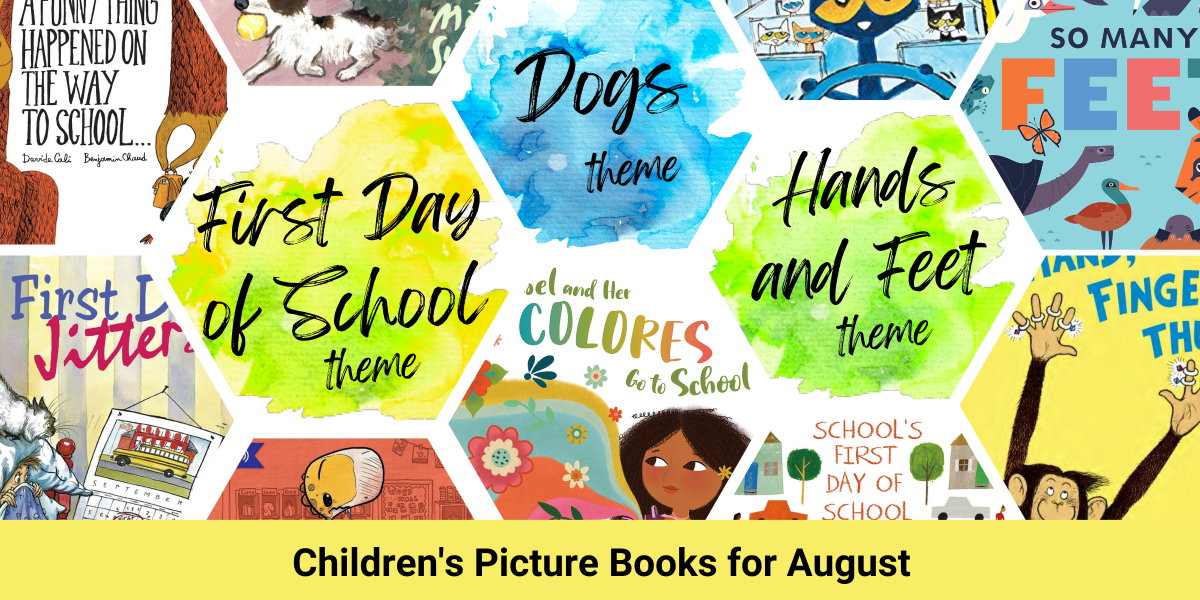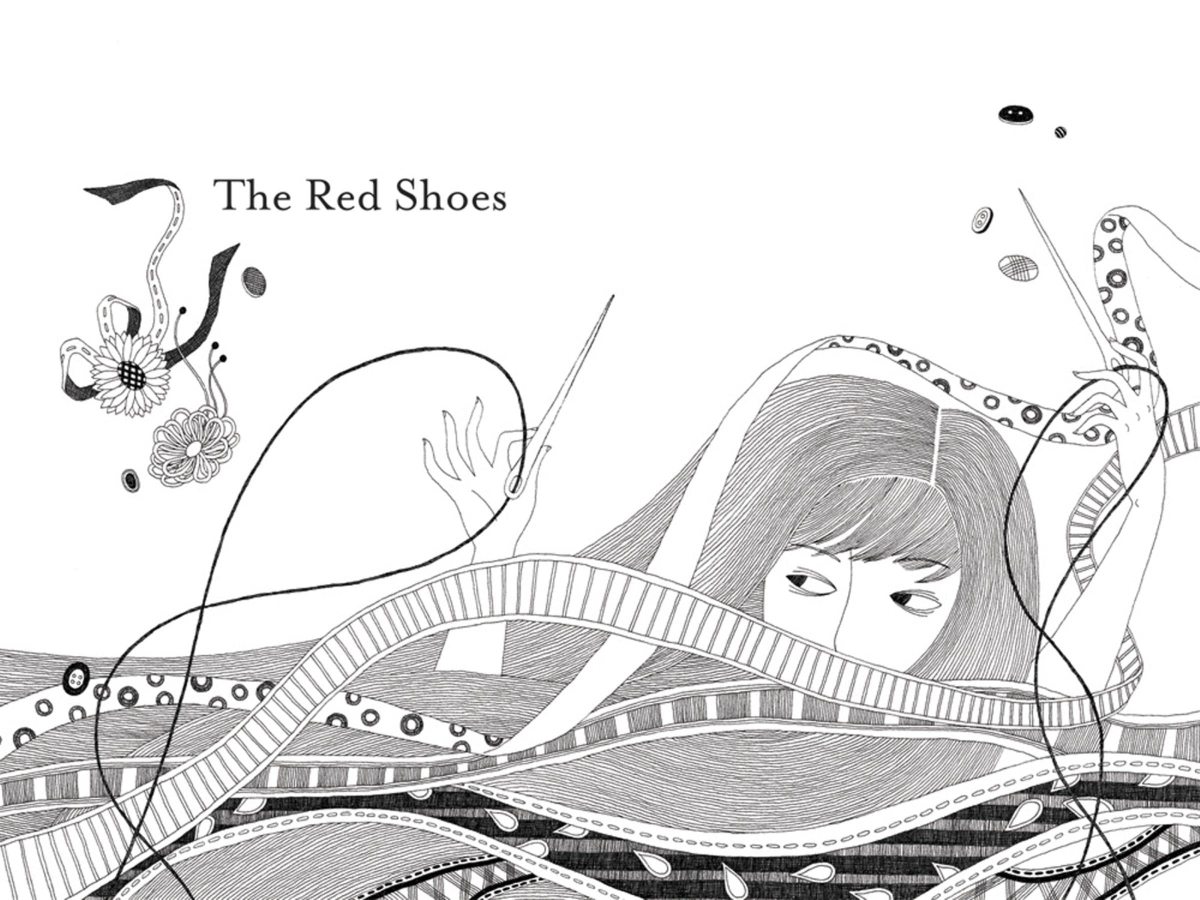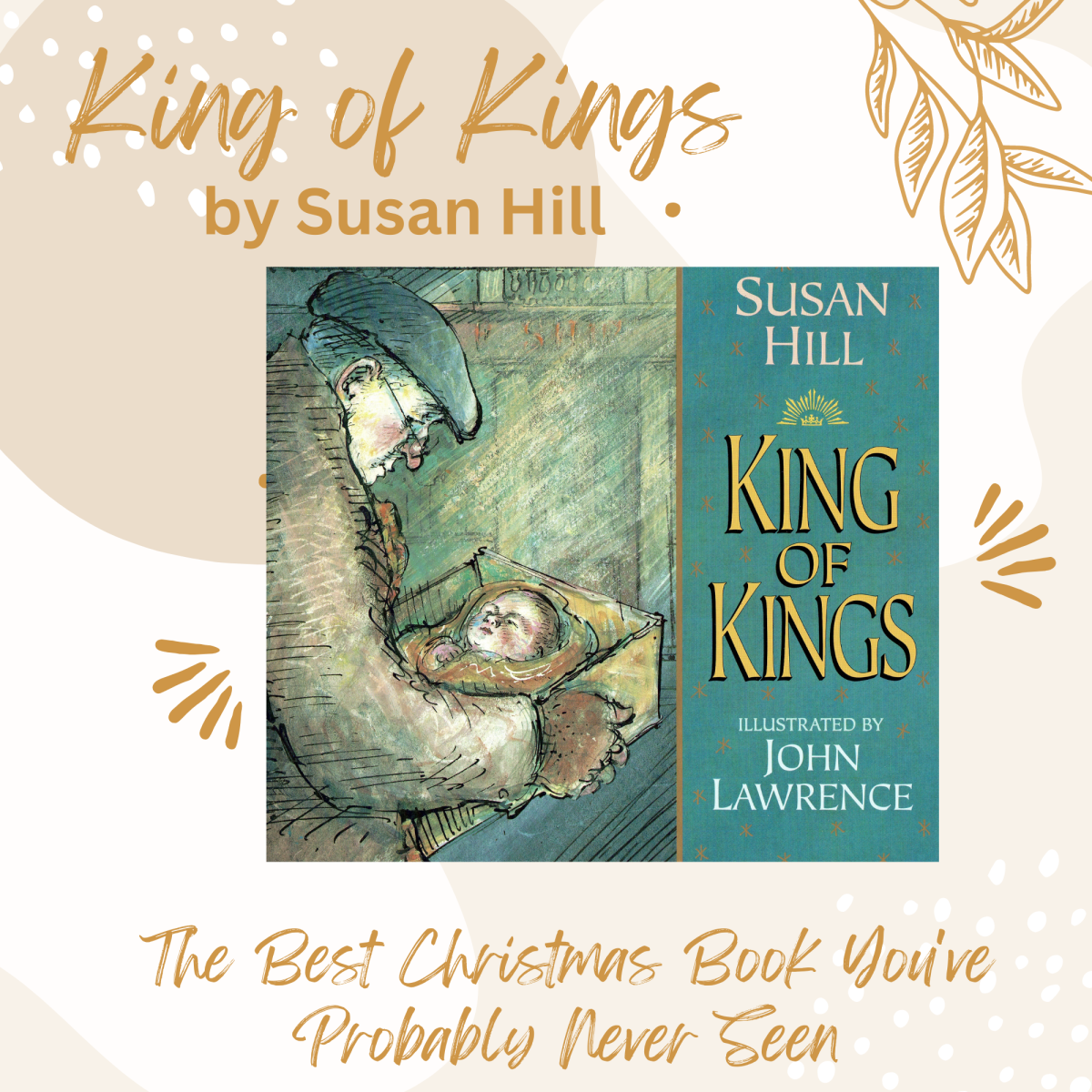If You Give a Mouse a Cookie Review
Children love to learn but in order to learn they need to want to. Children enjoy open and fun learning experiences which are not confined by the teacher’s expectations. In the book If You Give a Mouse a Cookie children are drawn into an absurd taleabout a funny animal, his actions and the consequences. The book is open for the children to form their own opinions and there are great opportunities for activities which can follow such an interesting book to enhance the children`s individuality, which is crucial for school age children. They learn so much more when inspired and it is so much more rewarding.
The book I f you give a mouse a cookie by Laura Joffe Numeroff is a short story about a mouse and a young boy. The boy gives the mouse a cookie and the story just spirals from there; every action the little boys takes has an immediate consequence, creating a cause and effect tale. There are only the two characters in the story and neither character actually speaks. Instead the narrator just explains what the mouse would say in every situation. The author uses anthropomorphism to create a very human like mouse. Although the mouse does not speak it is implied that he can. In the illustrations he is dressed in blue overalls and has a green backpack, so the mouse looks much like a child not unlike the other character who is actually a little boy. The illustrations are colorful and detailed and give the characters the expression that is needed to make up for the lack of dialog. The colors used are mostly hot, bright colors which draw the eye first to the characters and second to the limited background which is shown. The wording in the book is simple and the sentences limited. It follows a pattern from page to page of two simple sentences separated by a comma giving the entire story a matter of fact feeling to it.
If You Give a Mouse a Cookie was written for beginner readers, school age children to be specific. According to Developmentally Appropriate Practice; a resource for many early childhood educators,school age children need to have books which allow for open ended questions. Children learn best when they are involved and engaged. In the stories the children are given the opportunity to understand that actions have consequences. The simple structure of the book leaves it open for interpretation, so that children can establish their opinions and learn in an individualized manner. This ability to develop their own opinions based on the book makes it perfect for an integrated curriculum focused on child based learning. The book has a flow that makes it irresistible to children when they are read out loud. The book rhymes uses a patterned sentence structure to make it sound upbeat when read out loud. Every sentence has an abrupt start and end creating a sing song feel. In If You Give a Mouse a Cookie there is no rhyming, but there is choppy sentence structure. It uses second person, putting the child into the story, and again it makes the story more attractive to school agers.
The book uses anthropomorphism; the application of humanistic qualities to animals or inanimate objects. In this case it was the mouse which was given clothes and human expressions and demands. The book only uses the illustrations to give some depth to the characters, since there is no dialogue whatsoever. The characters are completely defined by their clothes and faces. The mouse wears overalls and maintains and expression of awe and childlike happiness at receiving what he wants. He is smiling in most of the images and constantly on the move, developing his adventurous and hyper character.
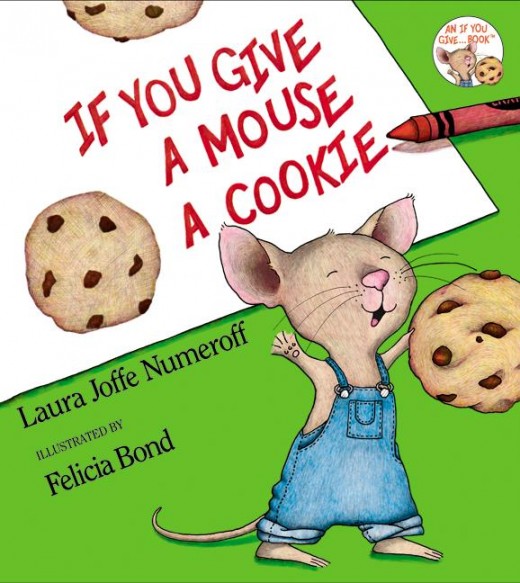
A big part of the book is the attractiveness of the pictures to the children. In If You Give a Mouse a Cookie the illustrations are bright and eyecatching. There is barely any detail in the limited background shown, but a lot of detail in the main characters. This would keep the children focused on the story and looking towards the characters rather than the unattractive backgrounds. The illustrations are placed in the center of the pages so they are surrounded by white. This makes them stand out and greatly appeal to school age children. The cover illustrations are also very important to the children’s interest in the books. The cover is bright green and the main character, the mouse is front and center. The cover immediately draws attention to the amusing aspect of the story because of the mouse’s smile and the fact that he is holding a cookie. Both the color and the drawing itself pull the children in to the story even before they begin reading.
The book provides adults with the opportunity for many activities. A perfect activity after reading the book is both creative and dramatic and intended for school agers which are aged five to eight. All that the adult would have to gather before hand is some fabric scraps and cardboard, and of course the basics of glue, crayons, markers and other drawing utensils. The first step would be to cut out some characters from the book; there are only two so make multiples of the same characters. Next the adult should allow the children to decorate the characters, drawing on faces, fur, and other details. Now the children can be provided with the fabric scraps to make clothes for their new personalized characters. At this point in the activity the adult has addressed the children's developing identity formation skills. They are allowing the individual children with the opportunity to add their own personal touch to already existing characters. This helps the children to understand that their roles learning is important and gives them a sense of being valued in their opinions, and respected for their choices. The next part of the activity would take place the following day as the characters would need time to dry. The adult would have to bring in a cardboard box and some more fabric. A hole would have to be cut in the box and the fabric hung on either side of the hole like curtains. This will be the children's stage, and when they came in the adult would simply have to provide the markers again to give the children chance to personalize the stage.
Finally the children can be told to retell the story of If You Give a Mouse a Cookie as a play with their own little twists. The materials should be left out for the children to make props. Once they have come up with plays either in group of alone they can present the skits. They can also show their parents and express their pride in the work they have done. This step in the activity builds self-esteem and the feeling of self worth. As well as adding a social aspect, the children would need to co-operate to succeed in making their characters, props, and the skits themselves. The finished products are also reusable for other activities and the children can use it to put on other plays and may develop their own ideas based on other stories and experiences. This sets the adult up for some interesting and probably amusing future activities completely child created.
To conclude the activity the adult could congratulate the children on a job well done, and ask them questions on what they changed in the story and why. This would start a discussion and the children would be excited to share what they think they did better, and what they did not like. The discussion also would be the opportunity to answer questions and make sure the children are actually ready to finish the activity, or if there is still room for enrichment.
Children’s books are meant to be fun and informative. If You Give a Mouse a Cookie is just that. It pulls children in and is guaranteed to get some laughs and excited outbursts. It is illustrated beautifully with wonderful wording. The activity based on If You Give a Mouse a Cookie is easy and fun for both the children and the adults involved. There are so many things that can be done to extend the activity that it could be endless, and provide interesting outcomes. After all nothing is more intriguing than the endless creativity of inspired children.
Numeroff, L. (1985). If You Give a Mouse a Cookie. United States: Harper Collins Publishers.



